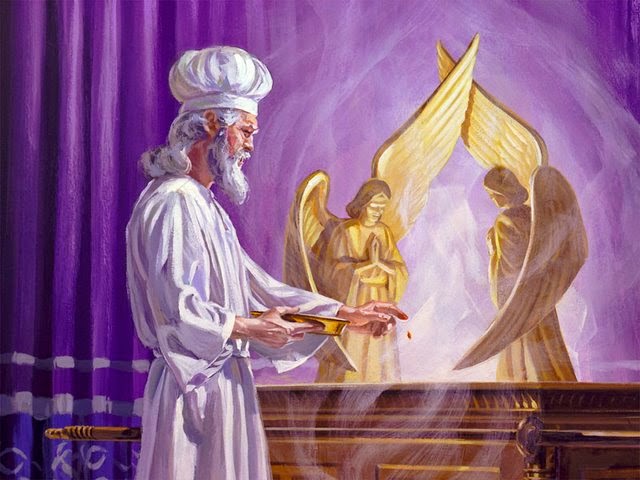Covered By The Blood
 |
| Google Images |
1. What can wash away my sin?
Nothing but the blood of Jesus;
What can make me whole again?
Nothing but the blood of Jesus.
Refrain
Oh! precious is the flow
That makes me white as snow;
No other fount I know,
Nothing but the blood of Jesus.
2. For my pardon, this I see,
Nothing but the blood of Jesus;
For my cleansing this my plea,
Nothing but the blood of Jesus.
3. Nothing can for sin atone,
Nothing but the blood of Jesus;
Naught of good that I have done,
Nothing but the blood of Jesus.
4. This is all my hope and peace,
Nothing but the blood of Jesus;
This is all my righteousness,
Nothing but the blood of Jesus.
5. Now by this I’ll overcome—
Nothing but the blood of Jesus,
Now by this I’ll reach my home—
Nothing but the blood of Jesus.
6. Glory! Glory! This I sing—
Nothing but the blood of Jesus,
All my praise for this I bring—
Nothing but the blood of Jesus.
The last two stanzas are unfamiliar to me—cut out of most of our hymnbooks for one reason or another. But they too convey the inescapable truth that “In fact, the law requires that nearly everything be cleansed with blood, and without the shedding of blood there is no forgiveness” (Hebrews 9:22).
As I read Leviticus 3 this morning, the importance of the blood of the sacrifices again leaped off the pages. The description was of the fellowship offerings—each one requiring that the person making the sacrifice put his hand on the animal’s head as it was being killed.
No fellowship without the blood.
Going back to Hebrews, the verses prior to verse 22 describe the actions of Moses in sanctifying the relationship of the people to their God by the blood of the sacrifice. I noticed that both here and in Leviticus it wasn't only the people to whom the blood was applied. Verse 20 and 21 say: “‘This is the blood of the covenant which God has commanded you to keep.’ In the same way, he sprinkled with the blood both the tabernacle and everything used in its ceremonies.”
Years ago I wrestled with the elders in the church I was serving in over the pulpit and the communion table. We needed to move both of these objects from their accustomed places so that we could use the platform for a children’s program. I met with stiff resistance but in the end they consented to moving the furniture. My argument was that those objects were only furniture—they were not sacred.
As I look back on that incident today, I still believe that those objects are not sacred. However I believe that the Scripture has some important lessons to teach us about how we use what the Bible describes as “sprinkled with the blood.”
In Moses’ day all the articles and people involved in the worship of God were covered by the blood. Just as the people had to be cleansed, so did the objects. When Jesus entered the Temple and threw out the money-changers and the sellers of animals (Luke 19:46), His actions reflected the need to keep the place of worship uncontaminated by the world.
Someone once said that, “there is more world in the church than there is church in the world.” The phrase was coined in reference to the people of God. But as go the people, so goes the place where the people meet. Just as it was in the time of Jesus, so it is today.
And I ask myself: If today the Lord were to walk into many of the places where people come to worship Him, would He have to bring a whip with Him? Does how we treat the place of worship reflect the strength or weakness of our fellowship with Him? Is the house "sprinkled with the blood" as we are?



Comments
Post a Comment